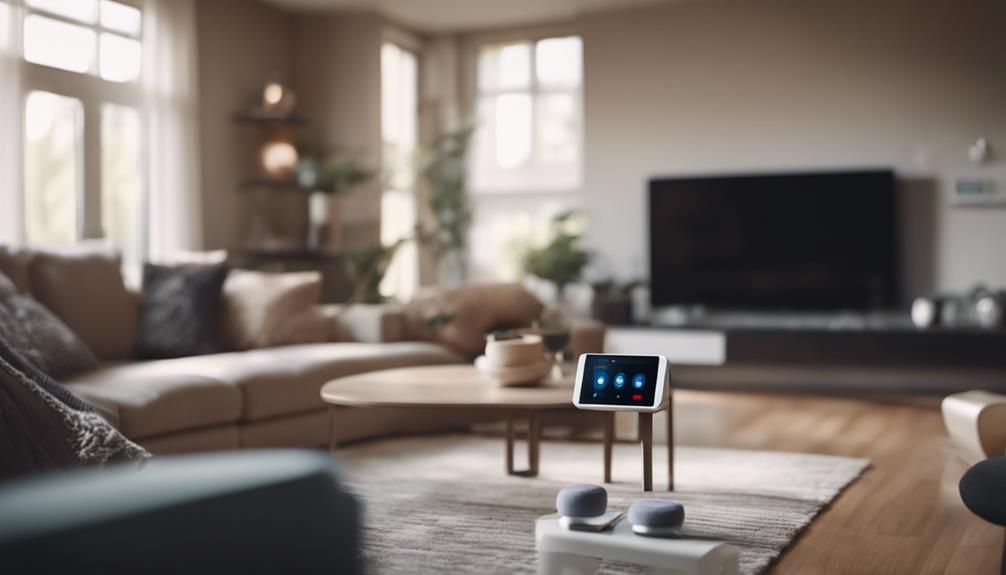In the rapidly evolving landscape of technology, desktop gadgets have significantly transformed the way we interact with our computers. Once simple tools designed to provide quick access to information or utilities, desktop gadgets have morphed into sophisticated applications that enhance productivity and user experience. This article explores the evolution of desktop gadgets, their impact on work and leisure, and what the future holds for these indispensable tools.
The Rise of Desktop Gadgets
Desktop gadgets, originally known as widgets, emerged in the early 2000s as small applications designed to provide users with quick access to information and functionalities without needing to open larger programs. These gadgets served a variety of purposes, including:Cool Home Office Gadgets
- Weather updates: Simple applications that displayed real-time weather forecasts.
- Clock and calendar: Tools that helped users keep track of time and important dates.
- System monitors: Gadgets that provided insights into CPU usage, memory consumption, and network activity.
- News feeds: Widgets that aggregated news from various sources, keeping users updated with the latest headlines.
As technology advanced, so did the capabilities of these gadgets. With the advent of more powerful operating systems and the rise of the internet, desktop gadgets began to incorporate more complex functionalities and became an integral part of the user interface.
Key Features of Modern Desktop Gadgets
Modern desktop gadgets are characterized by their enhanced features that cater to the diverse needs of users. Some of the key features include:
- Customization: Users can now personalize their gadgets’ appearance and functionality to suit their preferences.
- Integration: Many gadgets seamlessly integrate with other applications and services, allowing for a more cohesive user experience.
- Real-time data: Access to live data feeds enables users to stay informed about critical updates, whether it be stock prices, weather conditions, or social media notifications.
- Cross-platform compatibility: Many modern gadgets are designed to work on multiple operating systems, making them accessible to a wider audience.
Case Studies: Successful Desktop Gadgets
Several desktop gadgets have gained popularity and recognition for enhancing productivity and user experience. Here are a few notable examples:
1. Rainmeter
Rainmeter is a powerful desktop customization tool that allows users to create and manage their own widgets. With its extensive library of skins and plugins, Rainmeter enables users to display system information, weather updates, and much more on their desktop. Its open-source nature has fostered a vibrant community that continuously develops new skins, making it a popular choice among users who prioritize personalization.
2. Fences
Fences, developed by Stardock, is a desktop organization tool that allows users to group icons and files into customizable containers. This gadget helps users maintain a clutter-free desktop environment, improving productivity and ease of access. By enabling users to create “fences” around their applications and documents, Fences enhances organization and efficiency.
3. Desktop Ticker
Desktop Ticker is a simple yet effective gadget that displays live news feeds on the desktop. Users can customize the ticker to pull news from their preferred sources, keeping them informed without having to open a web browser. This gadget exemplifies how desktop applications can enhance information accessibility.
Impact on Productivity and User Experience
The integration of desktop gadgets has significantly impacted productivity and user experience in various ways:
- Increased Efficiency: With quick access to essential information, users can complete tasks more efficiently, reducing the time spent switching between applications.
- Enhanced Focus: Gadgets that provide reminders and notifications help users stay focused on their tasks, minimizing distractions and interruptions.
- Personalized Work Environment: The ability to customize desktop gadgets enables users to create a work environment that suits their individual needs and preferences, leading to increased satisfaction and motivation.
- Streamlined Communication: Gadgets that integrate with communication tools facilitate quicker interactions, allowing for more efficient collaboration among team members.
The Future of Desktop Gadgets
As technology continues to advance, the future of desktop gadgets looks promising. Several trends are likely to shape their evolution:
- Artificial Intelligence: The integration of AI into desktop gadgets will enable them to learn user preferences and behavior, providing personalized recommendations and automating routine tasks.
- Increased Interconnectivity: As IoT (Internet of Things) devices become more prevalent, desktop gadgets will likely interact with a broader range of devices, creating a more integrated user experience.
- Enhanced Security: With growing concerns about data privacy, future desktop gadgets will need to prioritize security features to protect user information.
- Augmented Reality: The incorporation of AR technology into desktop interfaces could revolutionize the way users interact with gadgets, creating immersive and engaging experiences.
Conclusion
The evolution of desktop gadgets from simple widgets to sophisticated applications has transformed the way we interact with our computers. These tools have not only increased productivity but have also enhanced the overall user experience by providing quick access to essential information and functionalities. As technology continues to advance, the future of desktop gadgets promises even greater innovations that will further improve how we work and play. By embracing these tools, users can optimize their desktop environments, streamline their workflows, and ultimately enhance their productivity in an increasingly digital world.
